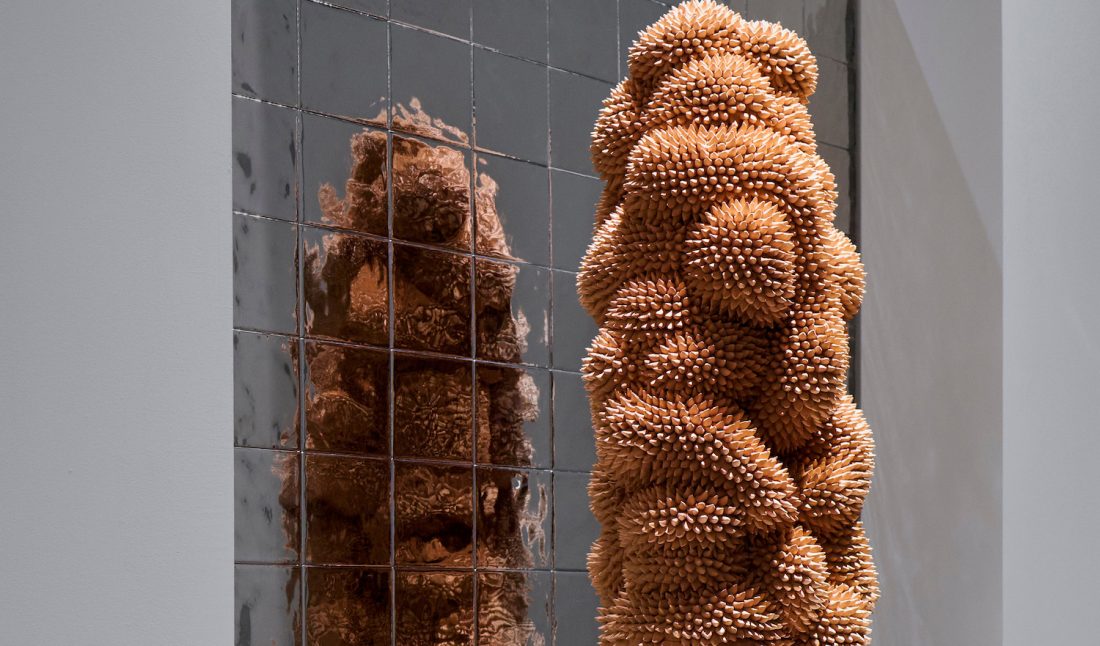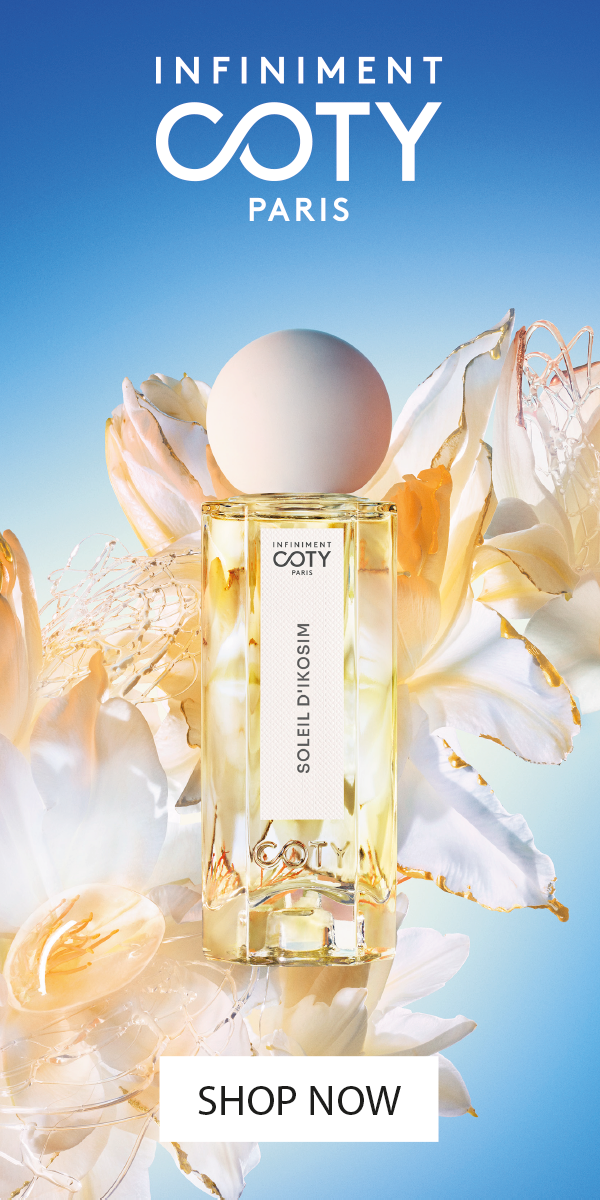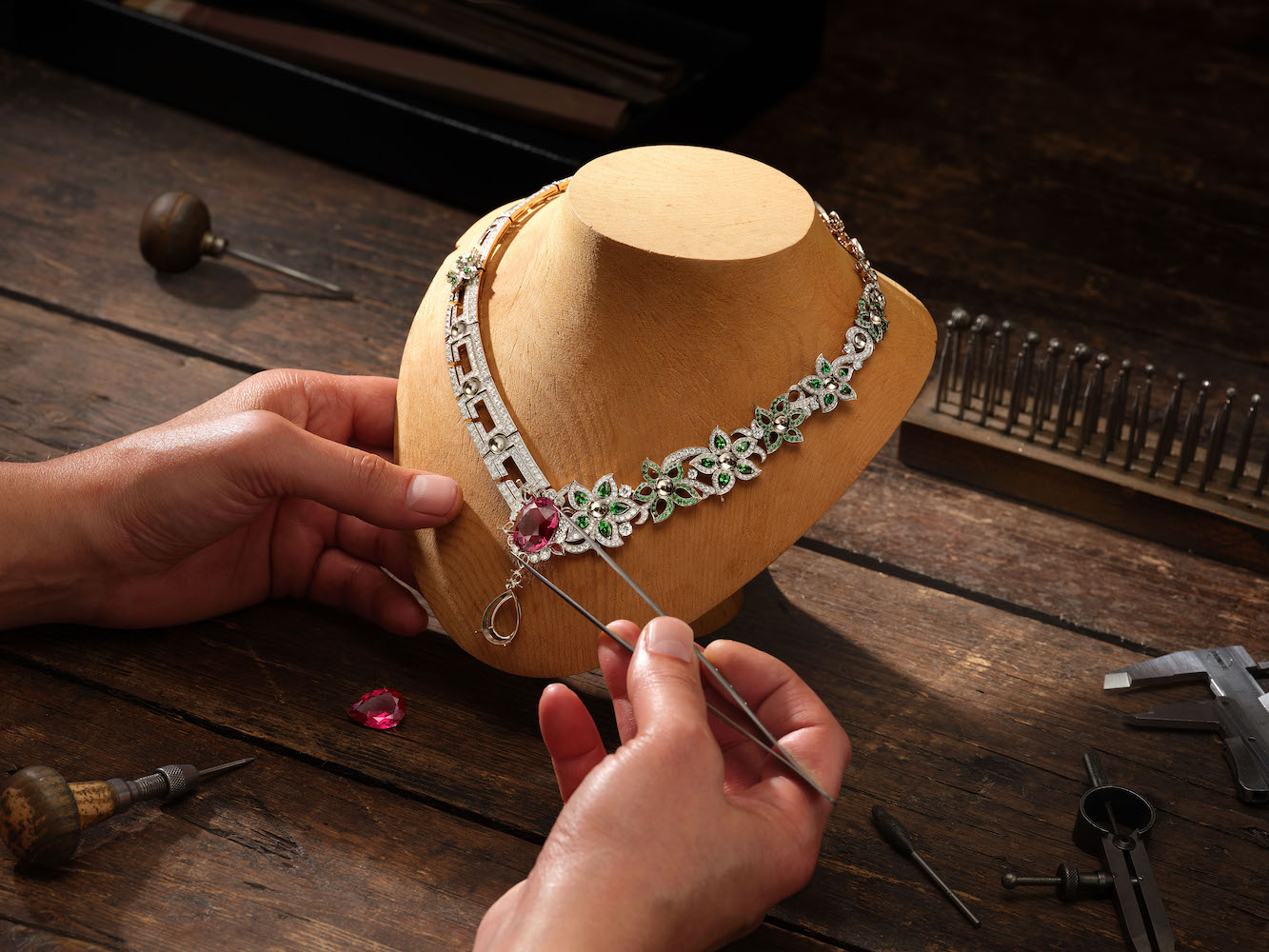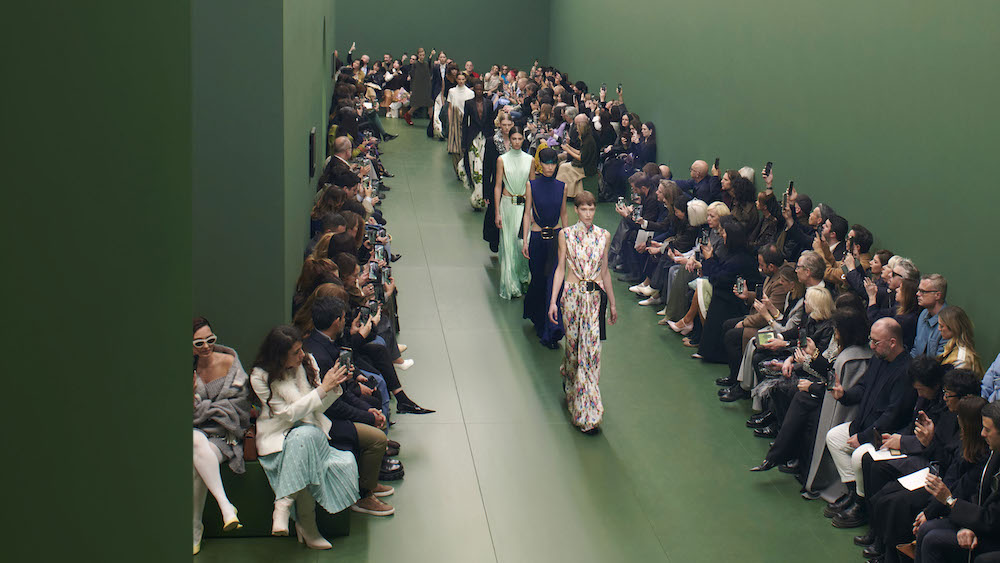Last week at the Palais de Tokyo in Paris, Whitewall joined the Loewe Foundation for its seventh annual Loewe Craft Prize award ceremony. Established by the brand’s creative director Jonathan Anderson in 2016, the event continues to mark the brand’s legacy in innovation and artisanry, while awarding others around the globe for their dedication to craft.
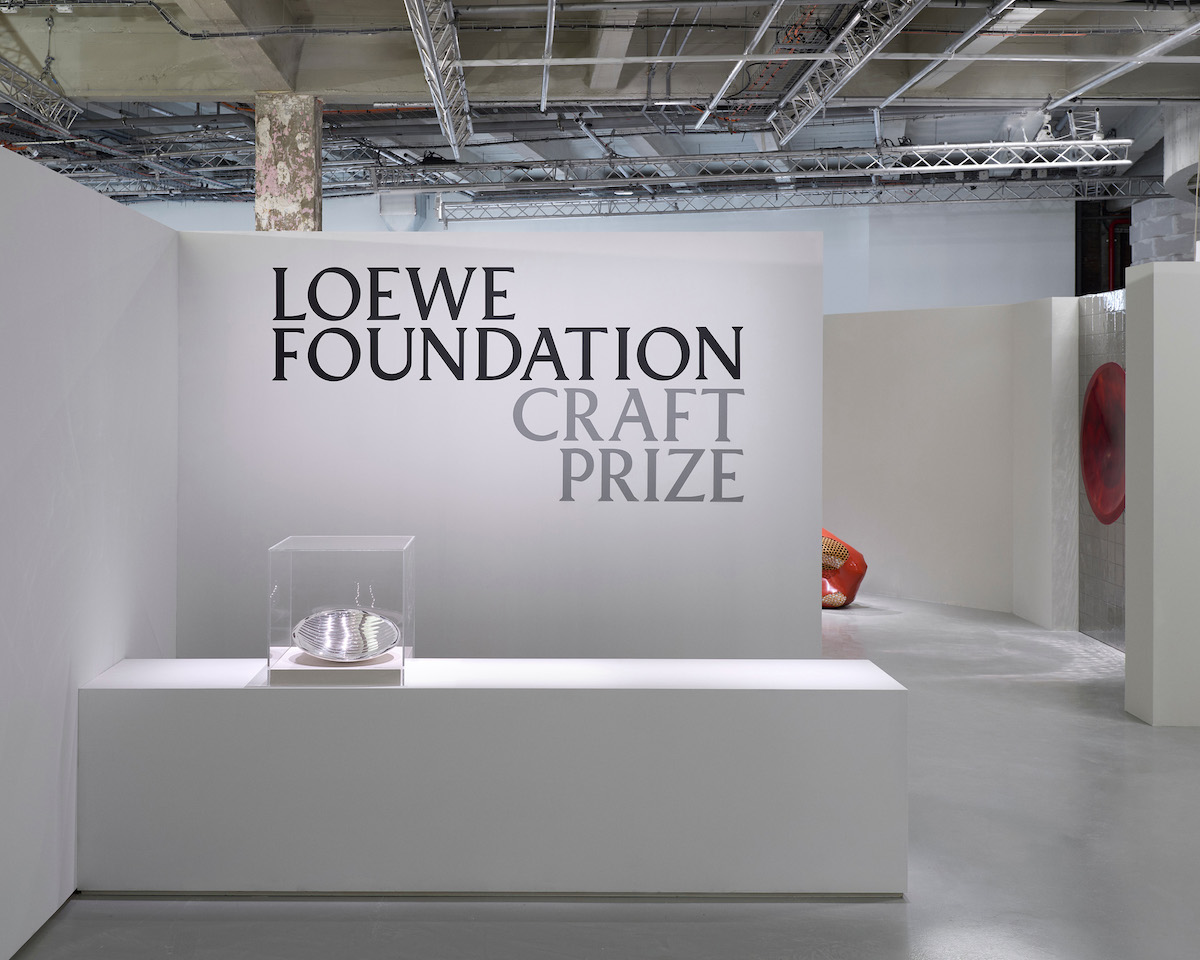 Loewe Craft Prize 2024, courtesy of Loewe.
Loewe Craft Prize 2024, courtesy of Loewe.
This year, a 13-person jury shortlisted 30 finalists from over 3,900 submissions by artisans from 124 countries and regions. Creations from many mediums—including ceramics, textiles, paper, woodwork, basketry, glass, jewelry, metal, leather, and more—exemplified modern craftsmanship and innovation.
The 2024 Loewe Craft Prize
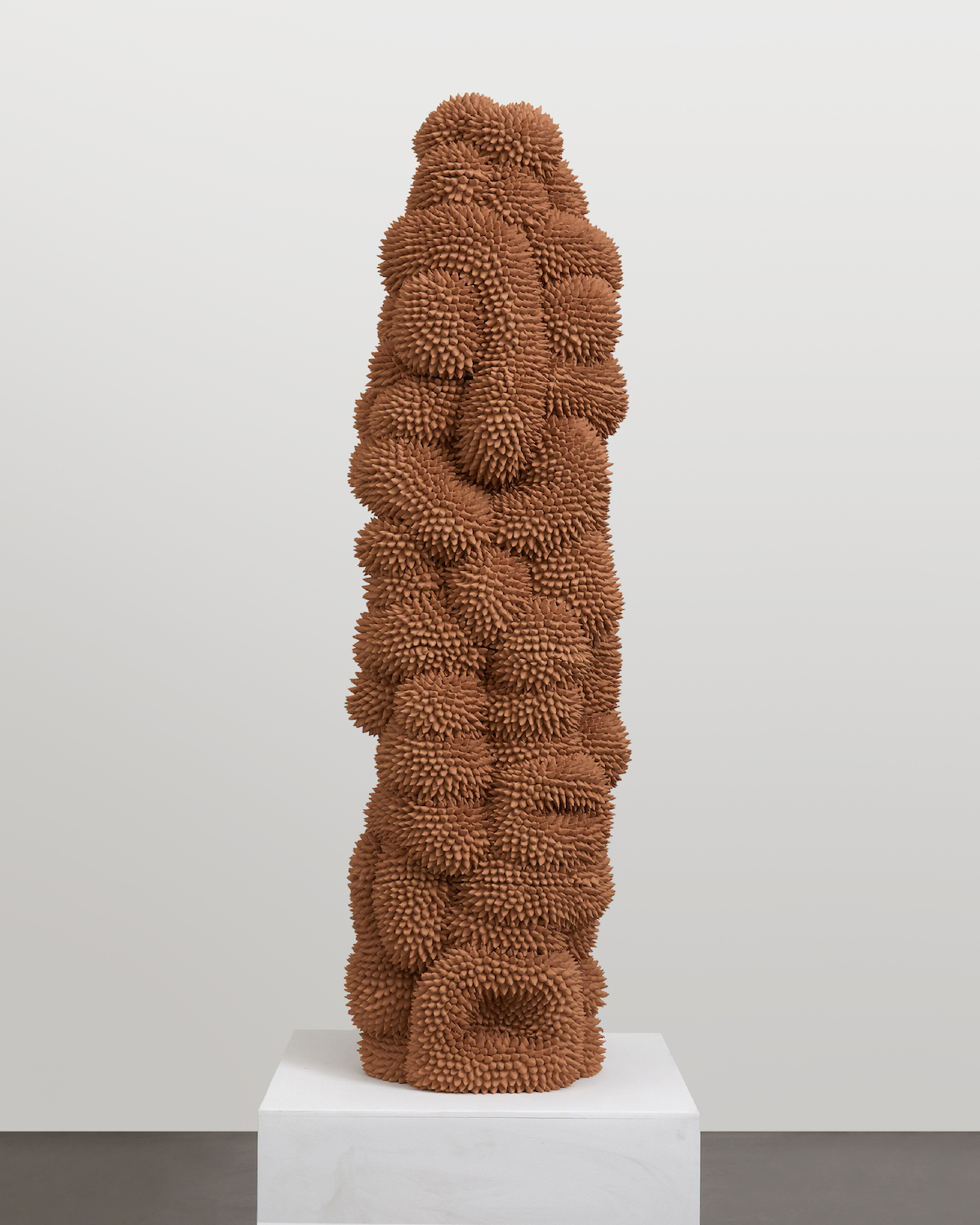 Andres Anza, Loewe Craft Prize 2024, courtesy of Loewe.
Andres Anza, Loewe Craft Prize 2024, courtesy of Loewe.
At the ceremony, the 2024 Loewe Craft Prize was awarded to the Mexican ceramic artist Andrés Anza for his life-size ceramic sculpture entitled I only know what I have seen. Measuring five feet tall, the tan-colored creation resembles an organic form, covered in small spikes made from individual points pulled up by hand.
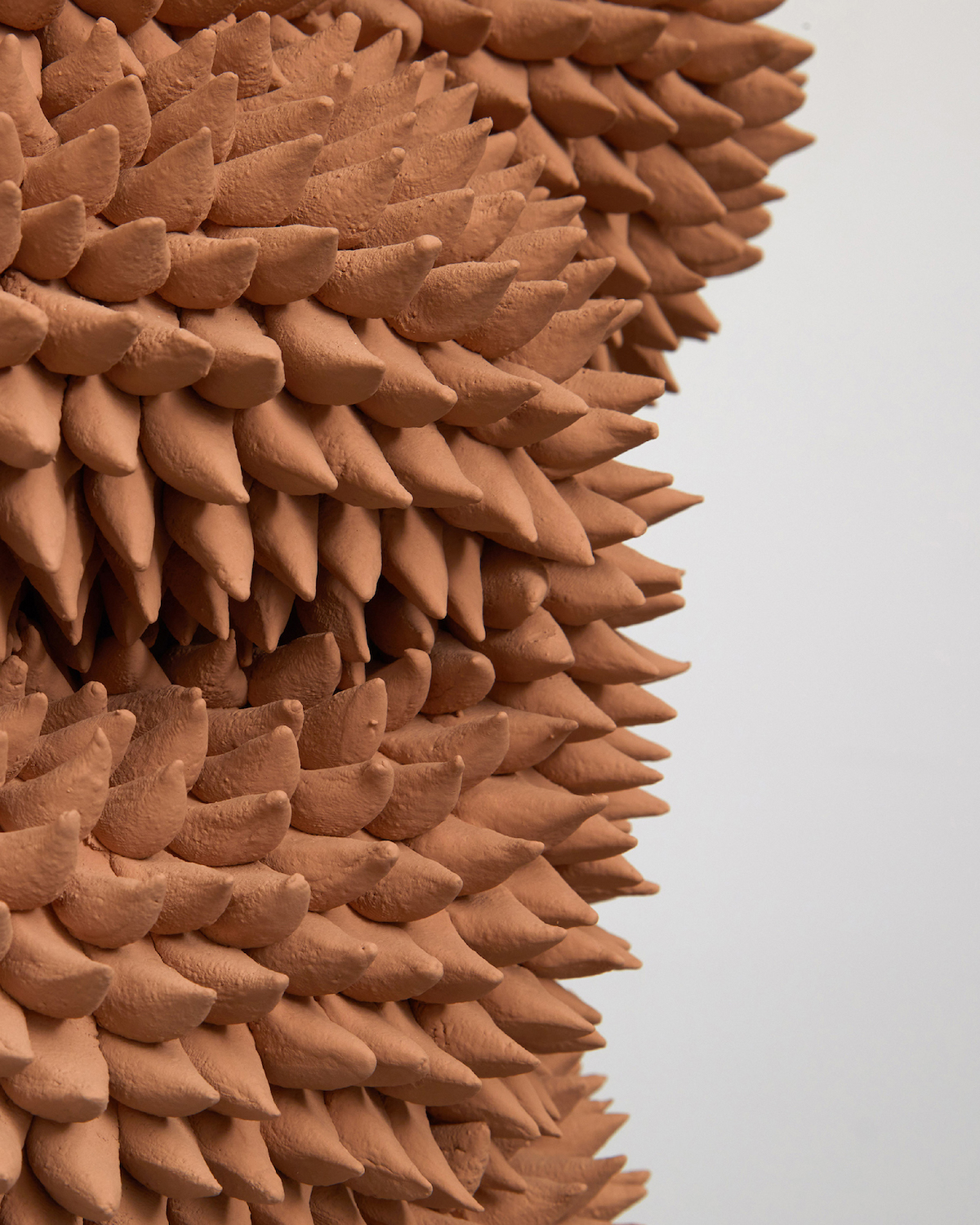 Andres Anza, Loewe Craft Prize 2024, courtesy of Loewe.
Andres Anza, Loewe Craft Prize 2024, courtesy of Loewe.
Alongside Anza’s work, the jury also awarded three special mentions to the Japanese jeweler Miki Asaï, the French ceramicist Emmanuel Boos, and the South Korean woodworker Heechan Kim. Work from 30 finalists appears in an exhibition at the Palais de Tokyo through June 9.
In honor of last week’s ward ceremony and the ongoing exhibition, Whitewall spoke with Anderson in a press roundtable, the Loewe Foundation President Sheila Loewe, and jury member Naoato Fukasawa about this year’s Craft Prize and the future of global craftsmanship.
Jonathan Anderson on Loewe’s Dedication to Craft
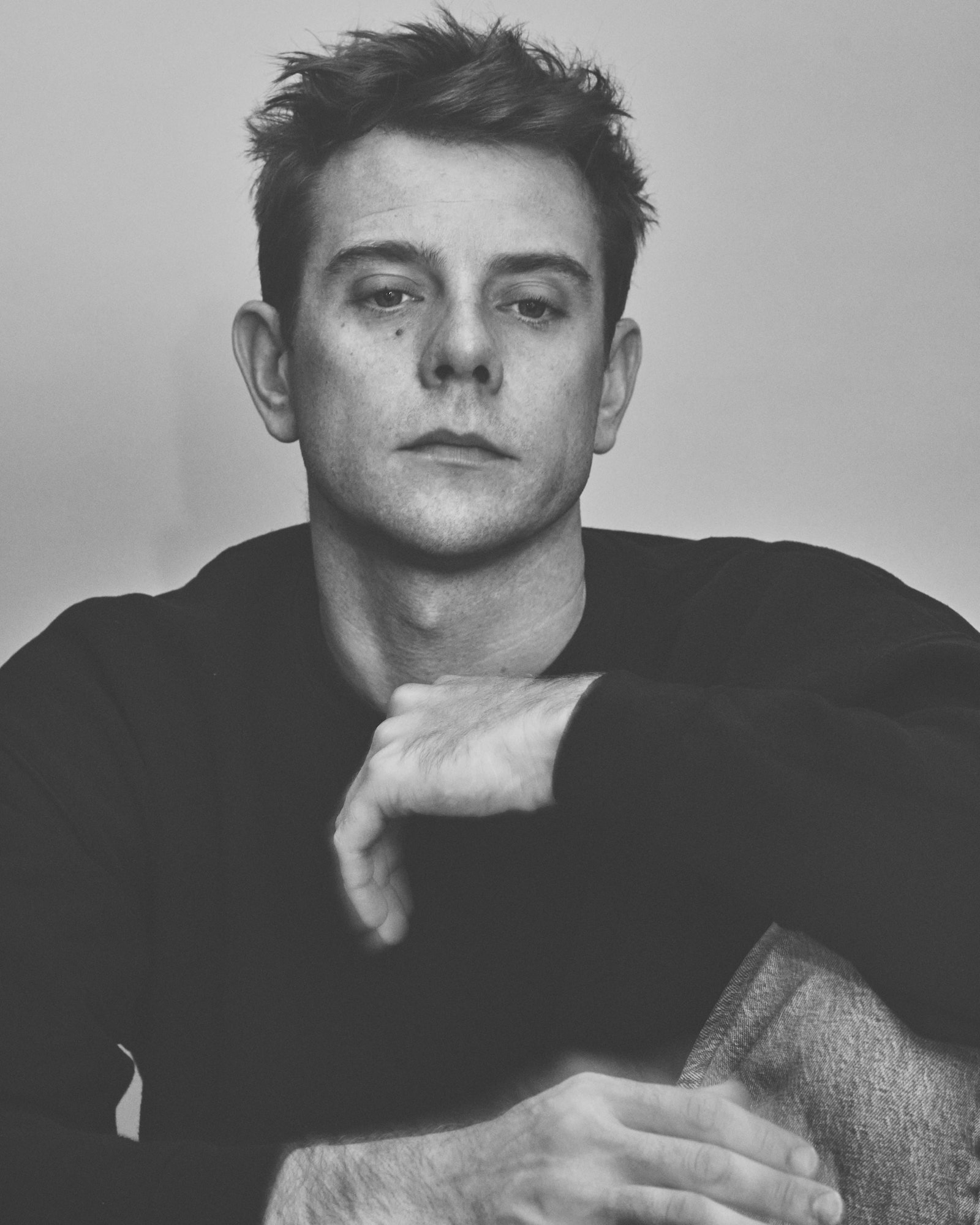 Portrait of Jonathan Anderson by David Sims, courtesy of LOEWE.
Portrait of Jonathan Anderson by David Sims, courtesy of LOEWE.
QUESTION: Jonathan, what struck you the most about this year’s entries in terms of scale, form, material, and the objects that the finalists produced?
JONATHAN ANDERSON: Something I find fascinating is this continual search to look to object-making through organic forms and regimented forms. You’ll see in the exhibition that there are a lot of artists who are exploring this in very different ways. This year, there was a lot of mixing of media, which I think is something we haven’t seen a lot of in a while.
Q: When did you first discover your interest in craft? Do you have a craft skill?
JA: I first discovered my obsession with craft through practicing ceramics. I started collecting a British ceramicist called Lucy Reed. I fell in love with a salad bowl that I had seen at an auction and I didn’t know anything about her, and then I started to read a lot into her and I became completely obsessed. I still collect her work to this day. I think there was something about this idea of exploration that she did within glazing and form that I wished I could do. But do I have a craft skill? I don’t. I hope that what I do as a job is a craft somehow! I do a lot of gardening and I always think there’s an element of craft involved in gardening.
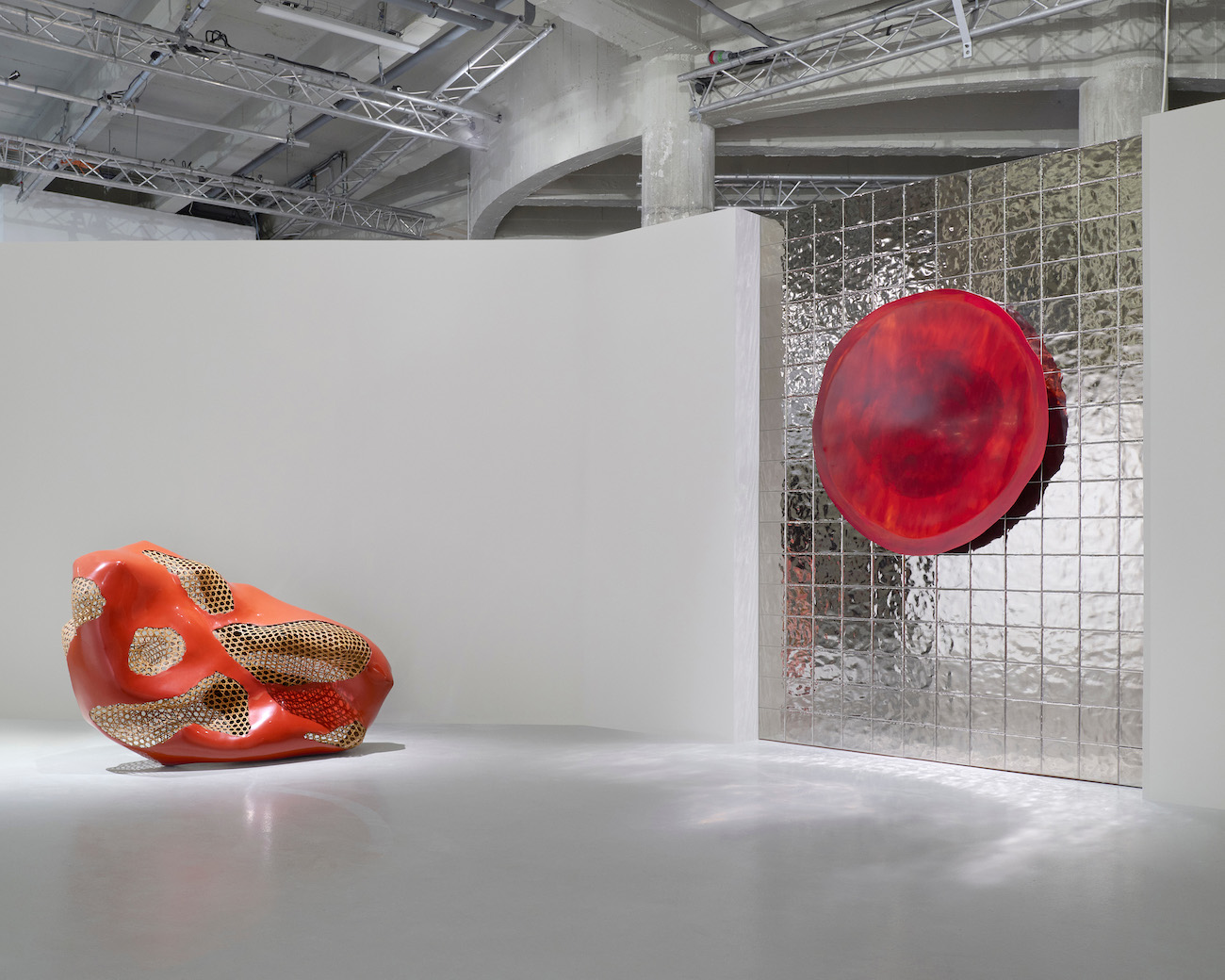 Loewe Craft Prize 2024, courtesy of Loewe.
Loewe Craft Prize 2024, courtesy of Loewe.
Q: What surprised you, even if it wasn’t one of the finalists?
JA: What I find really fascinating globally is the amount of people that are working in the craft world that you would never think of. To think that we have 3,000 applications every year is kind of insane. You know, certain countries have more development. In Japan, for example, there’s a lot more protection of craft. This time, it was very interesting that there was more of a take on obstructed form. It was moving a lot away from the traditional shape. We’ve had many years now where we have a tradition, for example, within basketry, which is very linked to certain types of ikebana or we have lacquered work which is very functional within its approach. This time, I was quite shocked by how much it had become abstract, and the bridge between the contemporary object and the craft object. I think there’s a kind of blending happening.
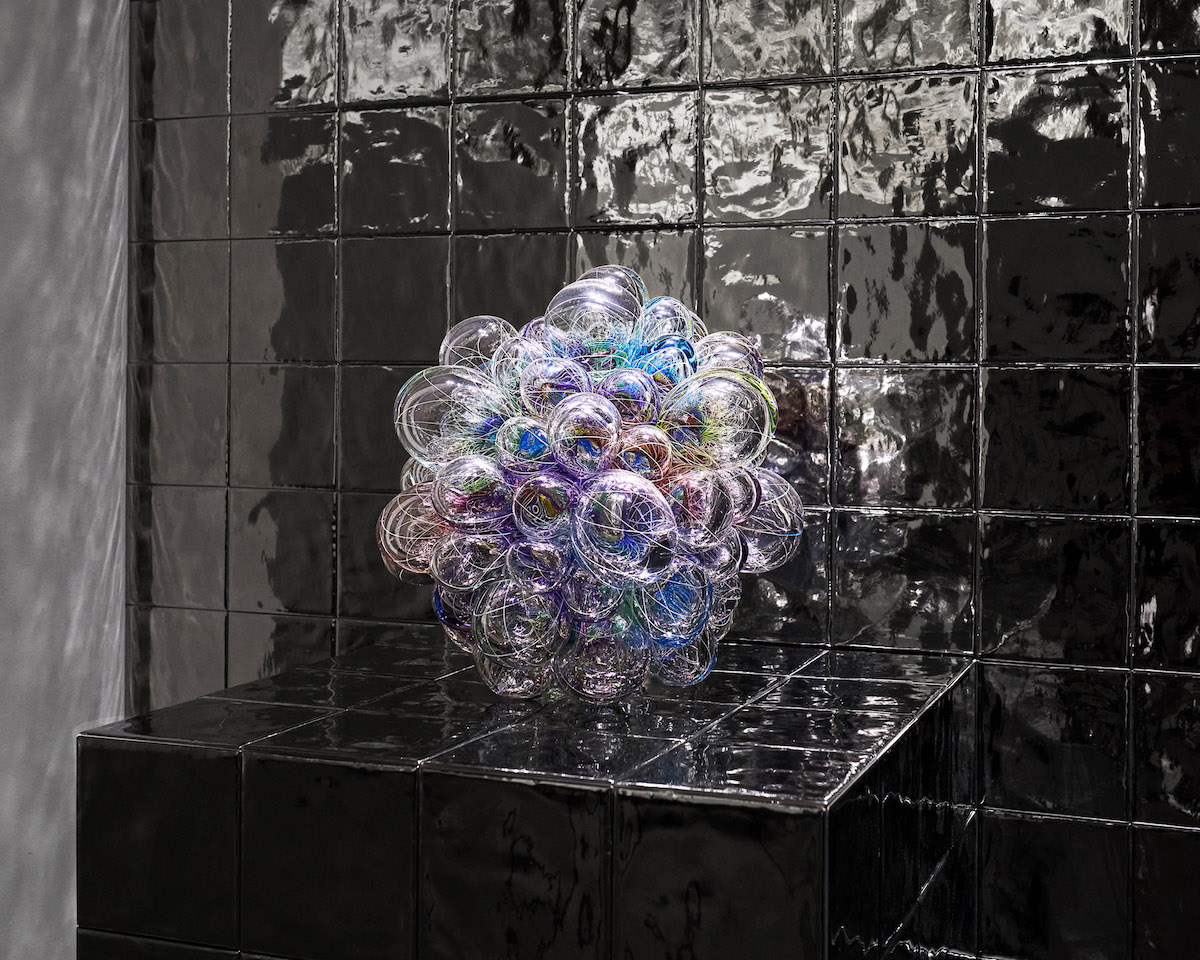 Loewe Craft Prize 2024, courtesy of Loewe.
Loewe Craft Prize 2024, courtesy of Loewe.
Q: How do you view the future of craft?
JA: The future of craft is through technology. When you look at TikTok or Instagram or things like that, people are fascinated by the idea of making. People find it therapeutic to watch people make things. Some of our highest-performing videos have to do with people making something. There’s an innate curiosity within society at the moment to reconnect to the making process; for us to understand why we perceive artistic value in something. I think this is going to help craft, ultimately, which is counterintuitive. You would think it would be the opposite, but there is a self-educational thing happening in society, which is very fascinating.
Q: You’ve talked about the Craft Prize being a creative lab of sorts. How do you envision the Craft Prize—the entry for artisans, the exhibition, the Foundation’s support—shaping that for artists?
JA: Because we do so many projects architecturally—so many projects, for example, like Salone—it’s a very nice way to kind of keep it in the family, building upon this community that we are looking at and working with the Foundation. How we can [create a] bridge and help people, ultimately. The lamp project [at Salone] is a very good example, where it was practically sold out of every single one. It really helps the artisans by giving them another avenue of opening up to sell work—or using facilities that we have that they might want to explore. It reinforces this idea of Loewe as an incubator of individuals that have different skills. For me, it’s by putting them forward.
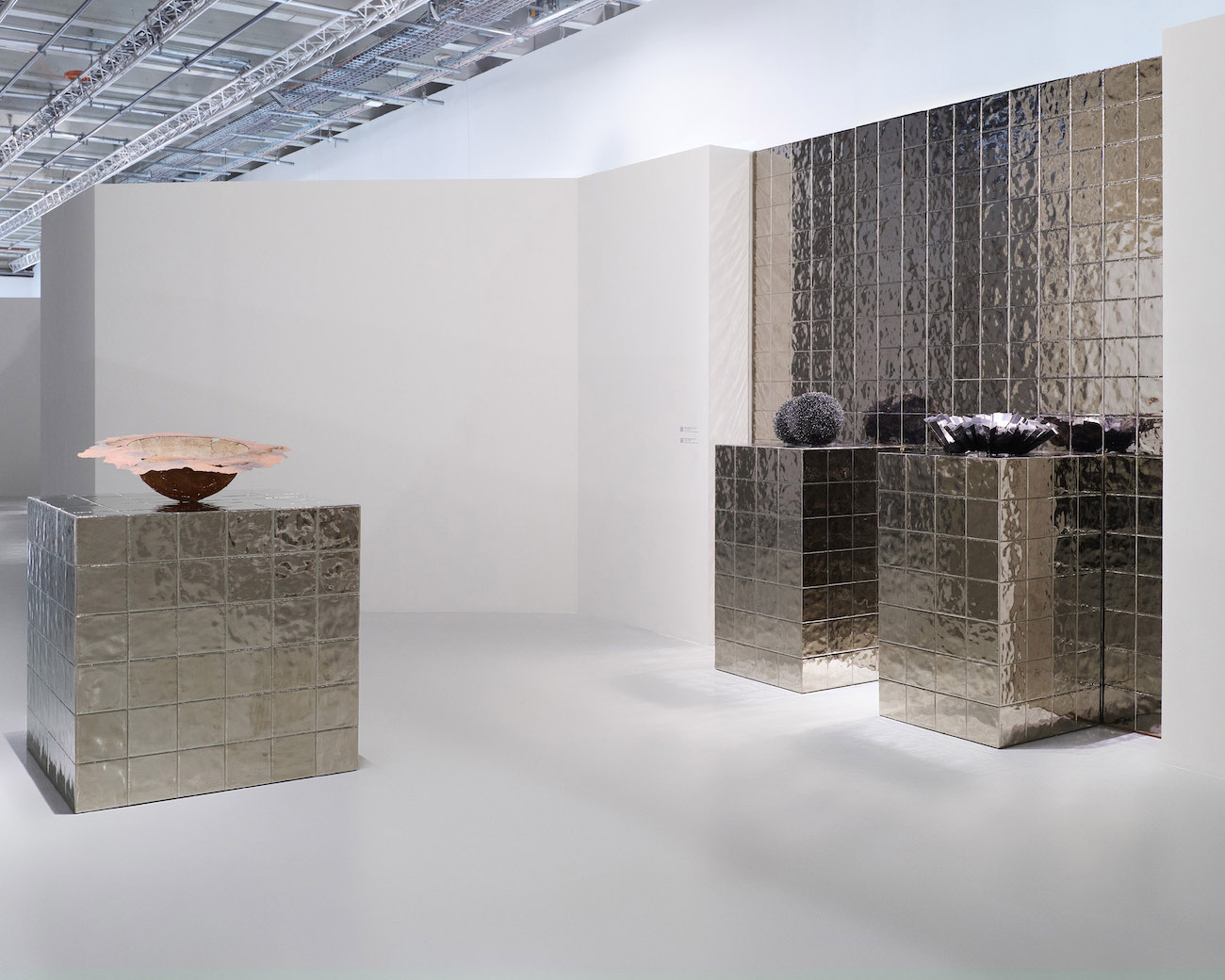 Loewe Craft Prize 2024, courtesy of Loewe.
Loewe Craft Prize 2024, courtesy of Loewe.
Q: What did the process of deliberation look like when selecting finalists? Is that part of the joy or fun of doing this project?
JA: It is because when you go into it, everyone has their personal choice. You’ve got to leave that at the door a bit because you’re listening to a global viewpoint from architects, ceramicists, curators, etc. You’re trying to see it all from different viewpoints. Some people believe in craft as a certain type of discipline. Some people believe that it is more explorative or artistic. There are different viewpoints. And it gets heated because everyone has their favorite. [Laughs] This year, we have three special mentions for the first time. I think it was to show the cross-demographic of craft, design, heritage, generational handover…
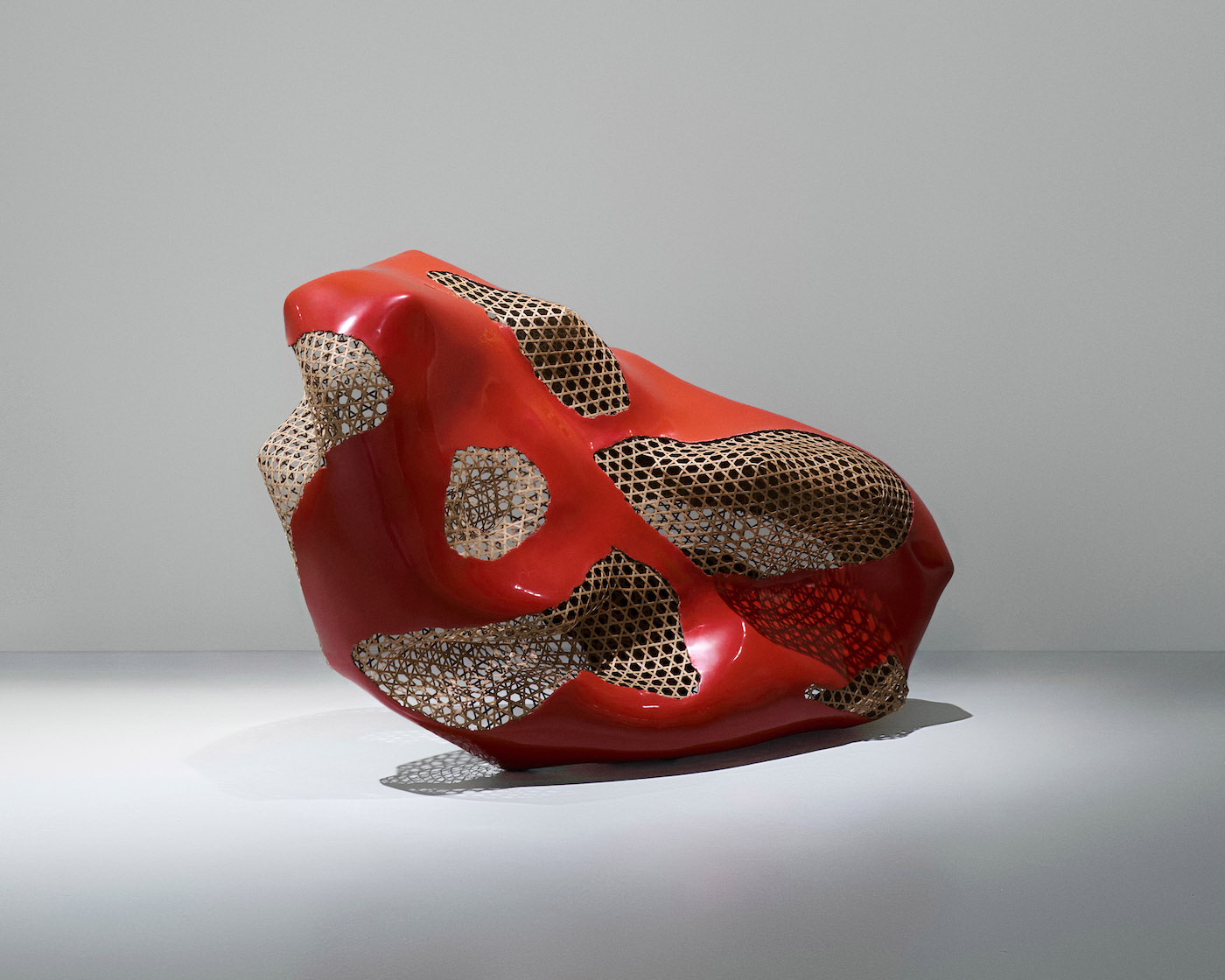 Loewe Craft Prize 2024, courtesy of Loewe.
Loewe Craft Prize 2024, courtesy of Loewe.
Q: Between when you started the Craft Prize in 2016 and now, can you see a difference in how people view craft?
JA: Maybe I’m being biased, but I think there’s been a massive change in craft since the Prize started. I know that just from what I collect. I used to be able to get Lucy Reed quite easily and now I can’t. I used to be able to get Hans Coper and now it’s impossible. So, there is something happening in the commercial sense of it, where I think there’s a different appreciation of these objects. I think there was a period of time when craft was isolated into one thing, which is ultimately led by the market, as well. The contemporary art market has been starting to look at Hans Coper just as much as you would look at [Alberto] Giacometti. There’s a stripping away of what that means today. You’re seeing in museums how these things are being mixed together curatorially. The conversation is different. As well, there are a lot of contemporary artists that are delving into the field, like Sterling Ruby, who’s using a lot of ceramics. There seems to be a change in how we see hierarchies within artistic practices ultimately.
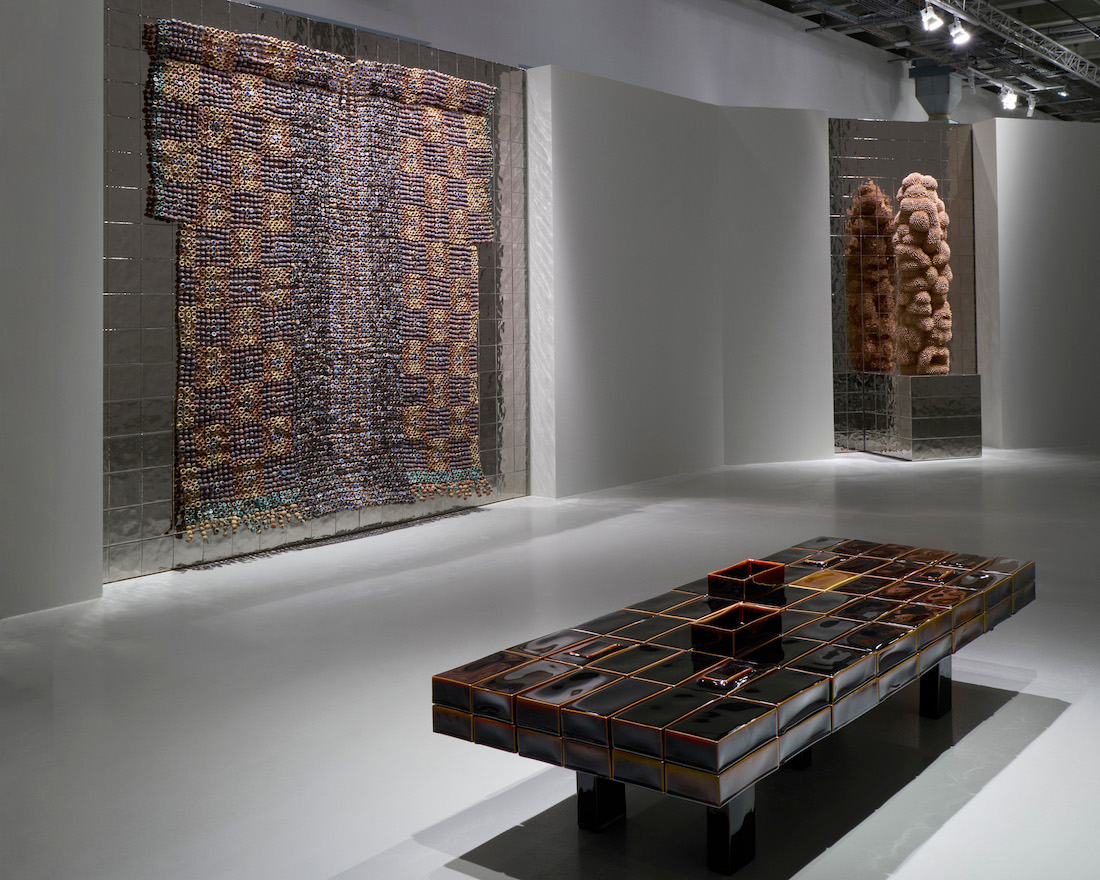 Loewe Craft Prize 2024, courtesy of Loewe.
Loewe Craft Prize 2024, courtesy of Loewe.
Q: Where do you stand on that?
JA: I once did a show at the Barbara Hepworth Museum and Sculpture Garden called “Disobedient Bodies,” which was about this idea of flattening our hierarchies—that the potter is just as important as the architect. For me, it is a gesture, a physical gesture, to come up with something. I think over probably the last hundred years, we put them into some type of hierarchy. When you look at contemporary art, you have the idea of having shows with craft involved, which was very unusual ultimately as a curatorial exercise. But if you look at Picasso for example, Picasso very famously worked in ceramics—and there’s been such a resurgence and research into that work that people are now understanding that it was not just the paintings. It was this idea of three-dimensional form.
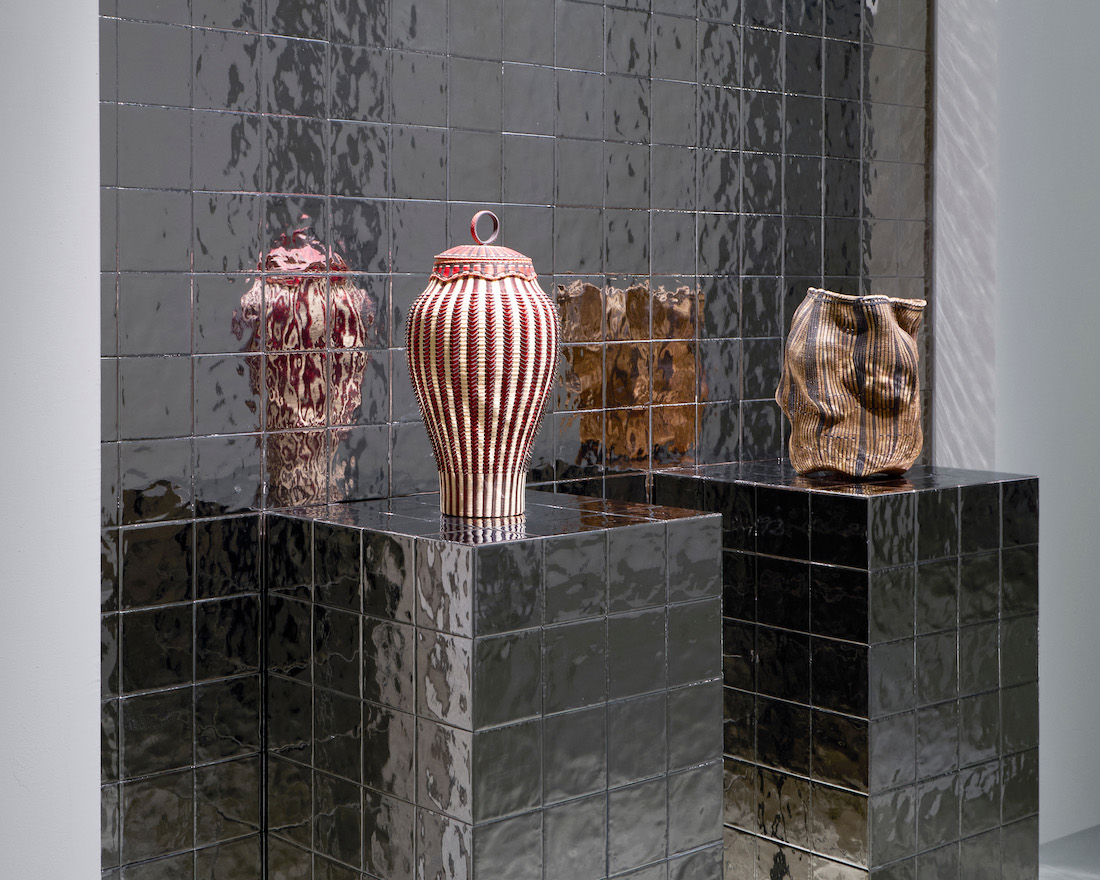 Loewe Craft Prize 2024, courtesy of Loewe.
Loewe Craft Prize 2024, courtesy of Loewe.
Q: Can you share details about sourcing from around the globe?
JA: We have an amazing team who travel around the globe. In some countries, like America, it’s easier because there are bodies of people that are there to promote craft. And in Britain, we have a Crafts Council, but some countries don’t. So what we’ve been trying to do is go further and further to promote the platform as an educational facility as much as a prize. Each year, we are seeing more and more results of that come in.
For example, in the beginning, we had very little from America. Now, we’ve started to be able to work closely with galleries that represent huge groups of people and try to get the word out. Japan is a lot easier, because—depending on the medium and if it’s lacquer or glass—there are families that are involved in the promotion of that. Latin America was a big struggle for us. We put a lot of effort into doing that. Same for India. Some years were better than others, but it’s part of the mission because it has to be a global prize ultimately. Some years, I’ll be like, “There are too many Japanese artists!” and sometimes there aren’t enough. It’s interesting. It just depends on the year, ultimately.
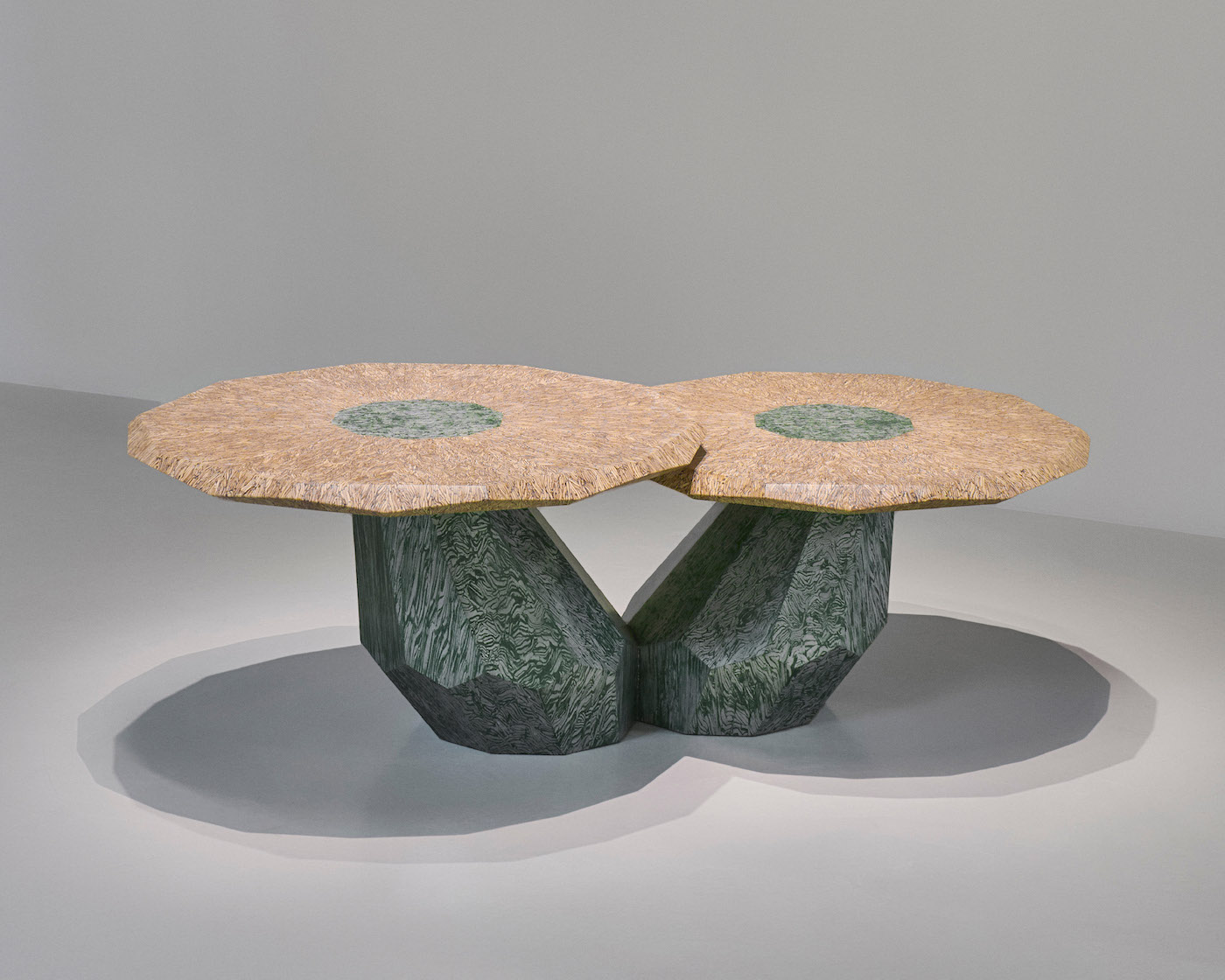 Loewe Craft Prize 2024, courtesy of Loewe.
Loewe Craft Prize 2024, courtesy of Loewe.
Q: You mentioned flattening the hierarchy, which also plays into what you do in fashion at the brand—bringing craft in and making abstract forms.
JA: When we started the Prize, what was interesting is there was no prize globally for craft. We have a Poetry Prize in the Spanish language, which has been in the family for a long time. So when I joined, I thought it was a good way for me to get into the brand—through something that is a hobby of mine. What I hope is perceived by the public is that if you don’t embed yourself into it, then it’s just sheerly a marketing tool. But this is something that is going through the entire company. If it’s in bags, we have an amazing bag designer who is obsessed with craft and collects craft… It’s that kind of thing that goes into the company. That’s what we give as a value back out. it’s quite unique because it’s not just one disciplinary kind of thing.
If I was looking at other companies that do it in different ways, I think what Chanel has done—in protecting certain forms of businesses that are solely in a certain type of craft form—is incredibly amazing. If you don’t do it, it dies out. Look at what they’ve done with hats, feather embroidery, etc. If they’re not there, then they’re not there for everyone to use. If we don’t support this sort of ecosystem, then it doesn’t give them the bandwidth. It’s very easy to raise money for contemporary art, for example. It’s a lot harder for craft because it’s a lot more insular as a business.
What I hope has been built is something that will last many, many, many years like the Poetry Prize. We’re obviously talking more English-speaking here, but in the Spanish language, the Poetry Prize has become one of the most important prizes in poetry for the Spanish language and it’s been going for a long, long time. I’m hoping that the idea of what Loewe is as a company—ultimately a corporation of German artisans that moved to Spain, which was not about a brand at that point—goes back to where it came from. It was ultimately a craft service—from those who had very certain types of skills—to very wealthy individuals who were traveling the globe and needed luggage, so they were there to make it for them.
Sheila Loewe on Supporting Emerging Talents
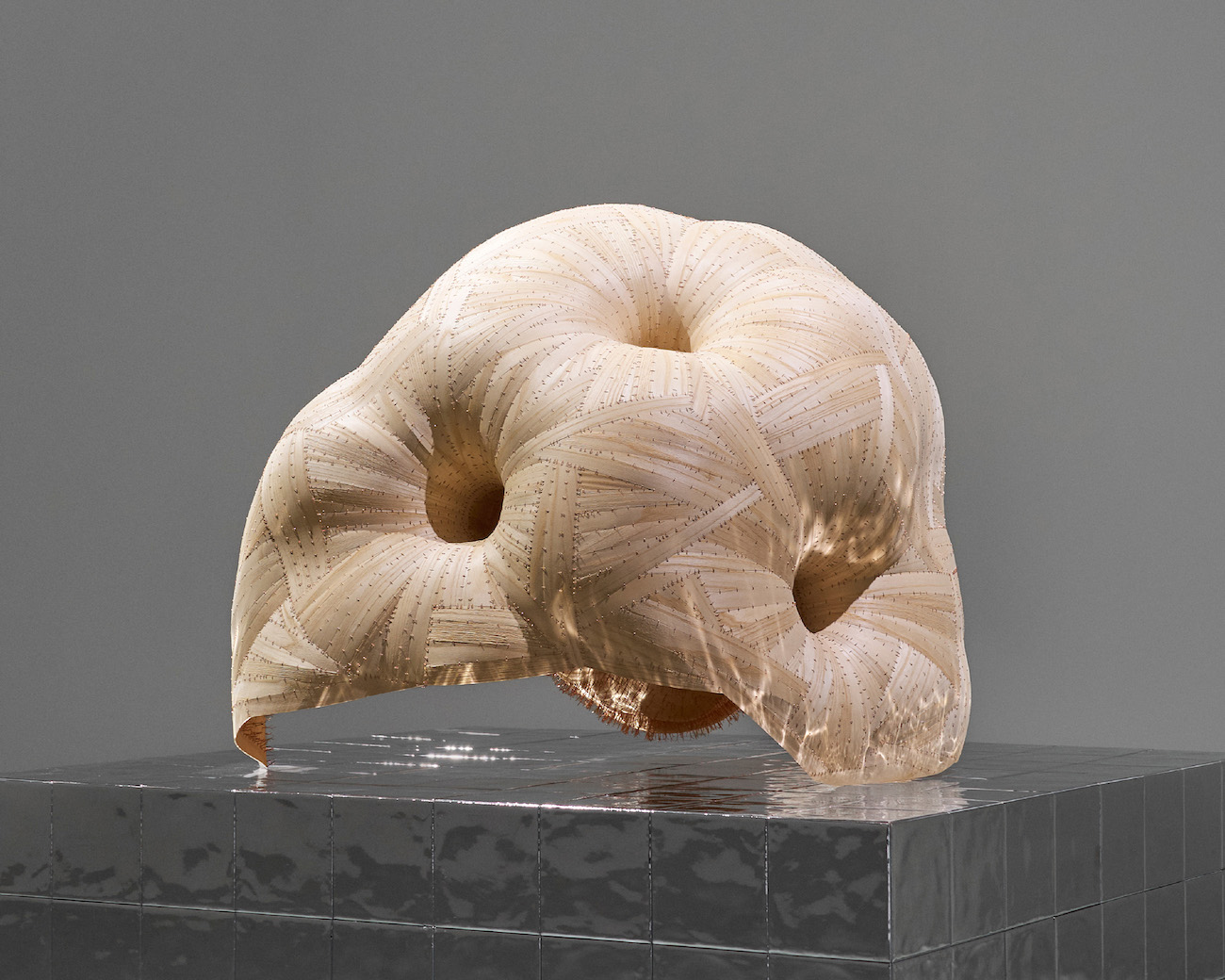 Loewe Craft Prize 2024, courtesy of Loewe.
Loewe Craft Prize 2024, courtesy of Loewe.
WW: Sheila, how do you view the Loewe Craft Prize supporting emerging talents in the craft industry? Are there any specific initiatives of the program that you want to explore more in upcoming years?
SHEILA LOEWE: You can find pieces that perhaps open the craft to more brave pieces, more controversial. We are happy to have not all the pieces the same way—to be able to include other kinds of craft pieces. We are in a very good moment. We had 3,900 applicants from all around the world. For us, it’s sometimes a surprise when we see people, craft artists, applying from places in the world where there’s no Loewe, no Loewe Foundation. We have women from Iran and Iraq presenting. This is something for us that we are really, really proud—that the prestige of the prize is getting to places where we couldn’t imagine. For us, increasing the discoveries from different parts of the world, different skins, different stories, I think that is important for the future.
WW: After seven years, we can see the impact that the Prize has on the winner—but also on the finalists.
SL: Yes. And you know that we are crazy enough to fly all 30 finalists from all around the world to Paris this year. This creates something very special because they have two or three days together. We really admire them and treat them very well, and this creates a belonging. When they go back to their homes, they become our ambassadors without asking for it.
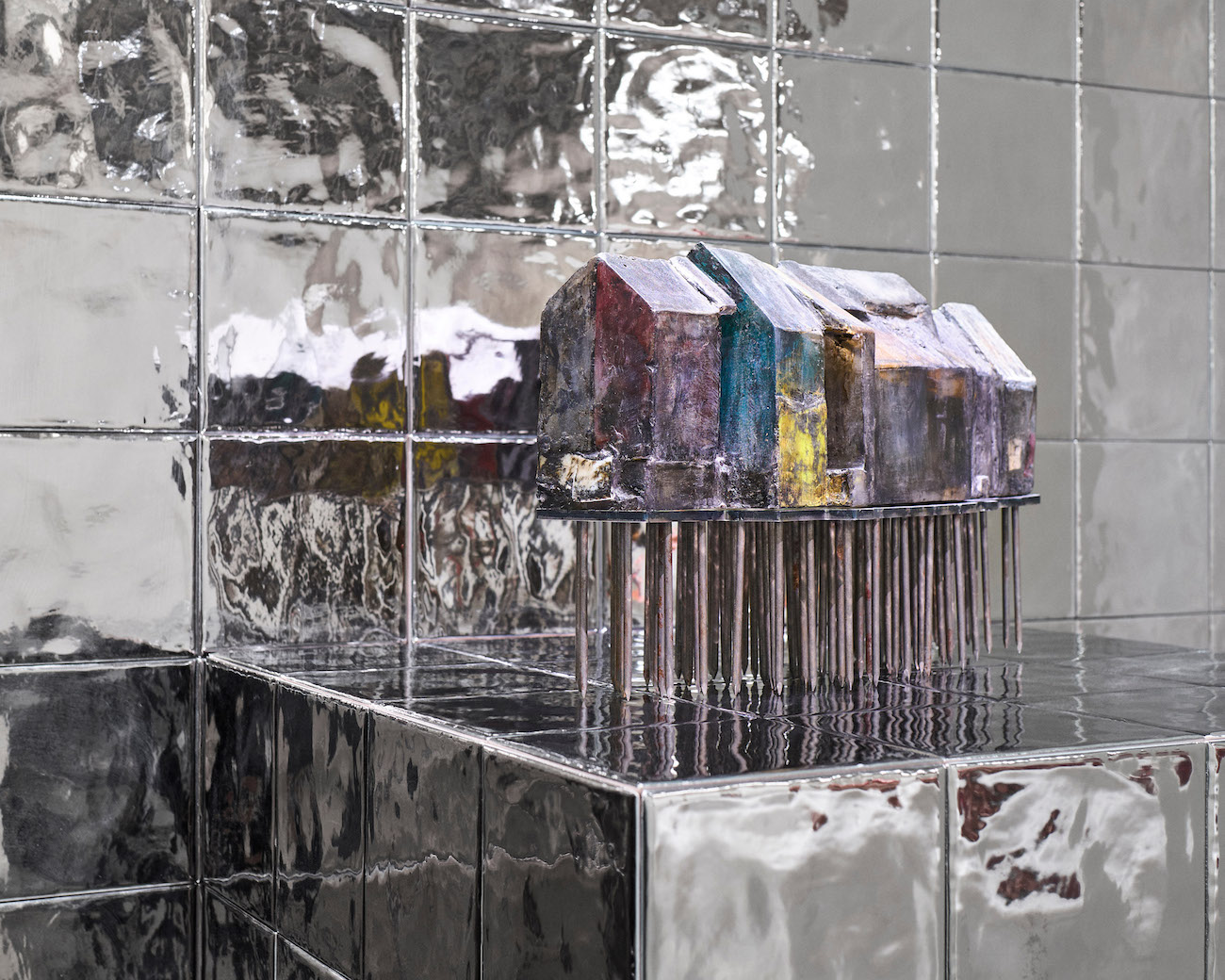 Loewe Craft Prize 2024, courtesy of Loewe.
Loewe Craft Prize 2024, courtesy of Loewe.
WW: What is your personal vision of the future of craftsmanship? Of how technology might influence it?
SL: I think technology is already influencing, and it’s good—the combination. We can use technology and the hand and create something special. I think in the last few years, there has already been a change in craft, in some countries where people didn’t care because they didn’t know. But once they come close to this world, for them it is a discovery. Having techniques from a hundred years ago that can be lost forever, now I think we are in a better moment for making craft a little bit cool for young people. This is something that has been happening in the last few years.
WW: What was your personal favorite discovery of this edition?
SL: I had many. One that made me feel something special was from Nigeria—from Ozioma Onuzulike. It is like a t-shirt from ceramic pieces, from kernel shells. And then I found out that he’s also writing poetry! So, the two worlds together… I don’t know him yet, but I really want to.
Naoto Fukasawa on the Jury for the Loewe Craft Prize
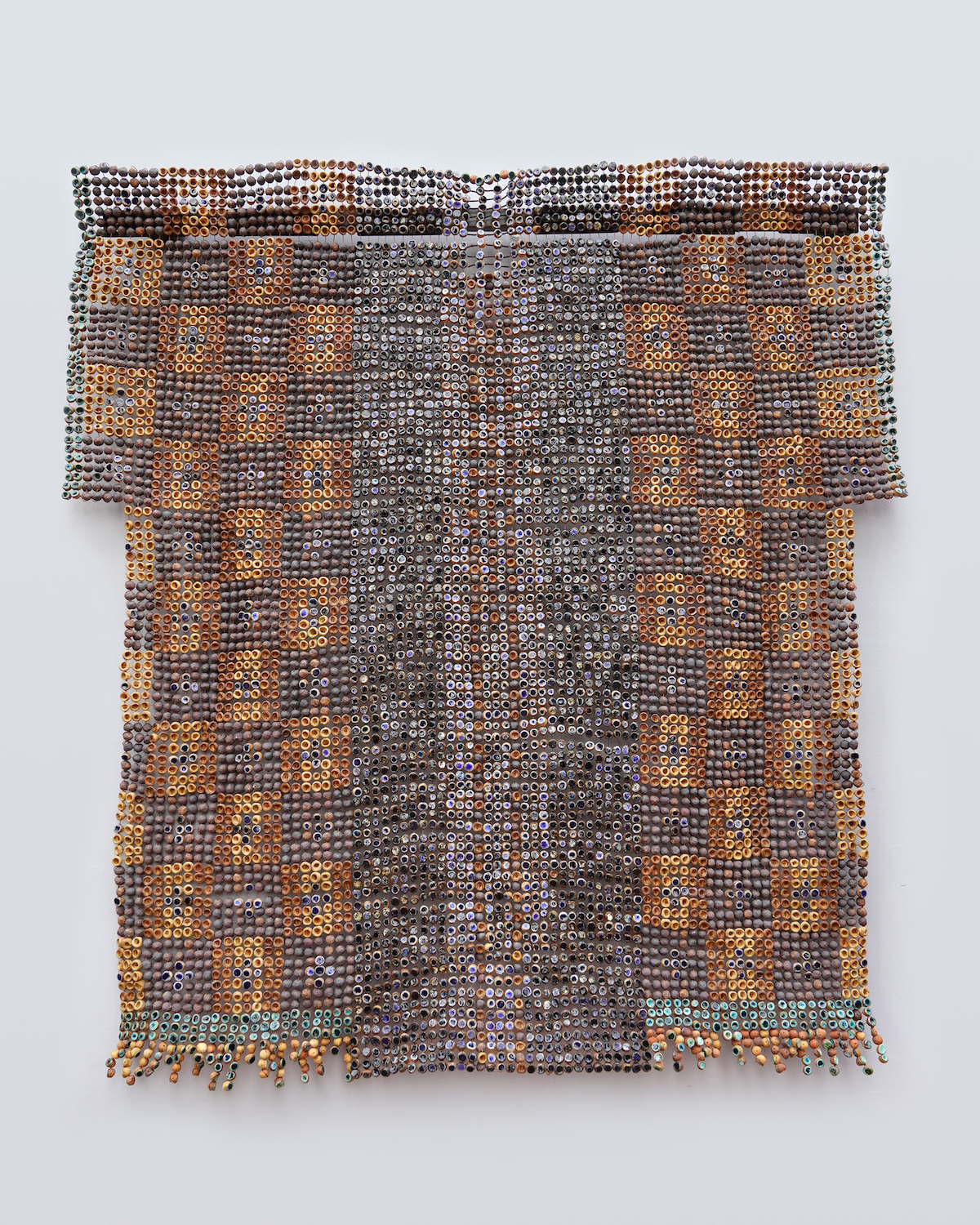 Ozioma Onuzulike, Loewe Craft Prize 2024, courtesy of Loewe.
Ozioma Onuzulike, Loewe Craft Prize 2024, courtesy of Loewe.
WW: Naoto, how do you feel the Loewe Craft Prize nurtures emerging talents in the craft industry?
NAOTO FUKASAWA: In my understanding of craft, Japanese craft, it has to be traditional. But the world of craft for the Loewe Foundation is not just traditional craft—but not really trying to be bigger in contemporary art. It’s more artistic.
WW: Besides tradition, what makes craft, according to you?
NF: Material. Craft is for making beauty, but not focusing on the beauty. More focus on use—and the people themselves. Particularly the craftsman, the craftswoman, focused on making. That’s the fundamental starting point.
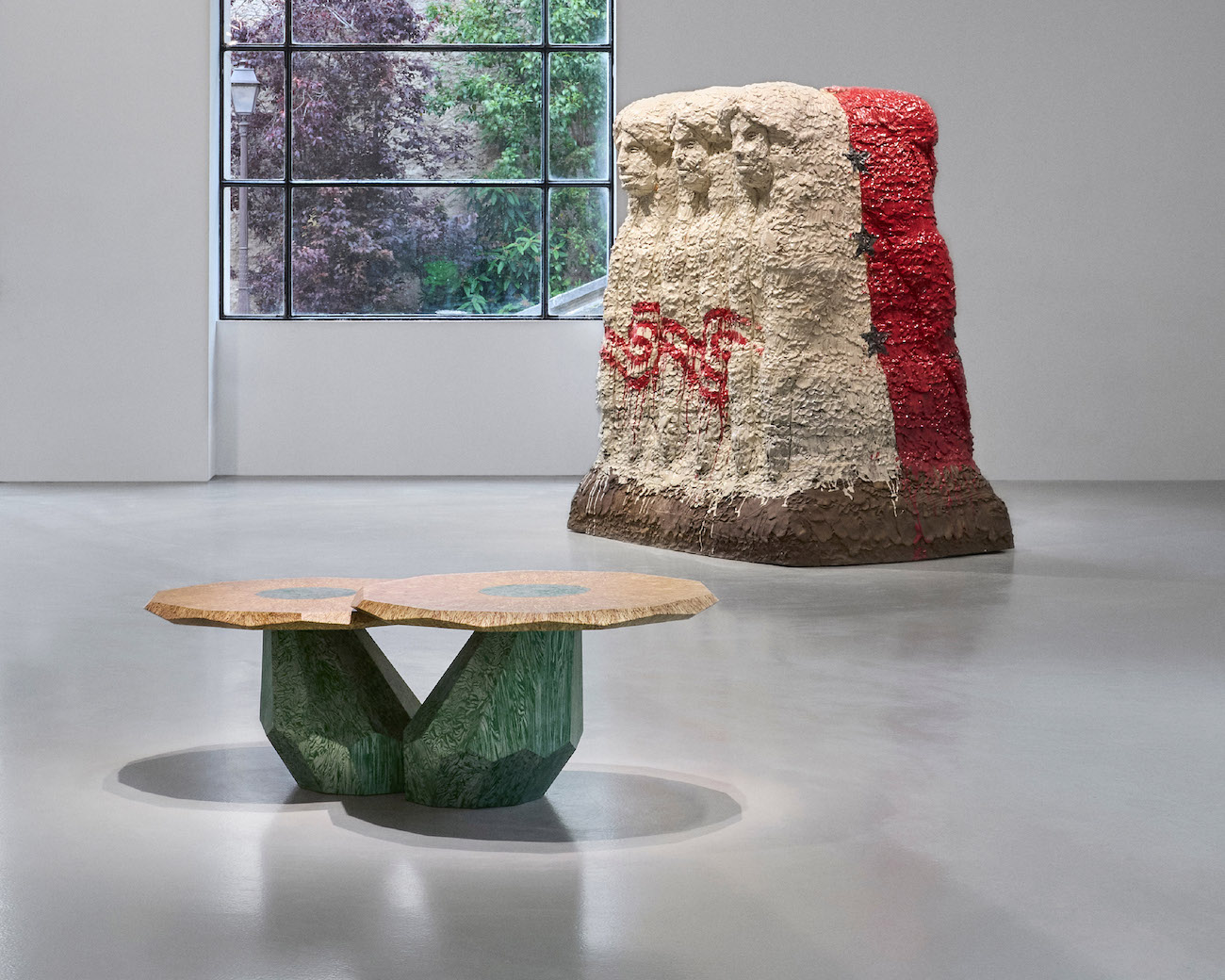 Loewe Craft Prize 2024, courtesy of Loewe.
Loewe Craft Prize 2024, courtesy of Loewe.
WW: Craftsmen are now shown in museums and exhibitions, putting together contemporary art and crafts. How do you see the world blurring the differences between contemporary art and craftsmanship?
NF: Design is more like that. But it’s craft for this event—not only focused on usable and functional. It’s craft. If we talk about art, contemporary art, there are no limitations—too white, too big, too complicated. Maybe it is making the stimulus for the human being, either good or bad. I want to follow tradition, but something with more with innovation.
WW: Technology, like artificial intelligence and 3D printing, is impacting the arts and crafts worlds. How do you see the impact of technology impacting craft?
NF: For making the silk and ceramic work, you can already use different machines, like 3D printing. Do you really appreciate getting that from 3D printing? That depends on the people here. I cannot really say it is bad or it is good.
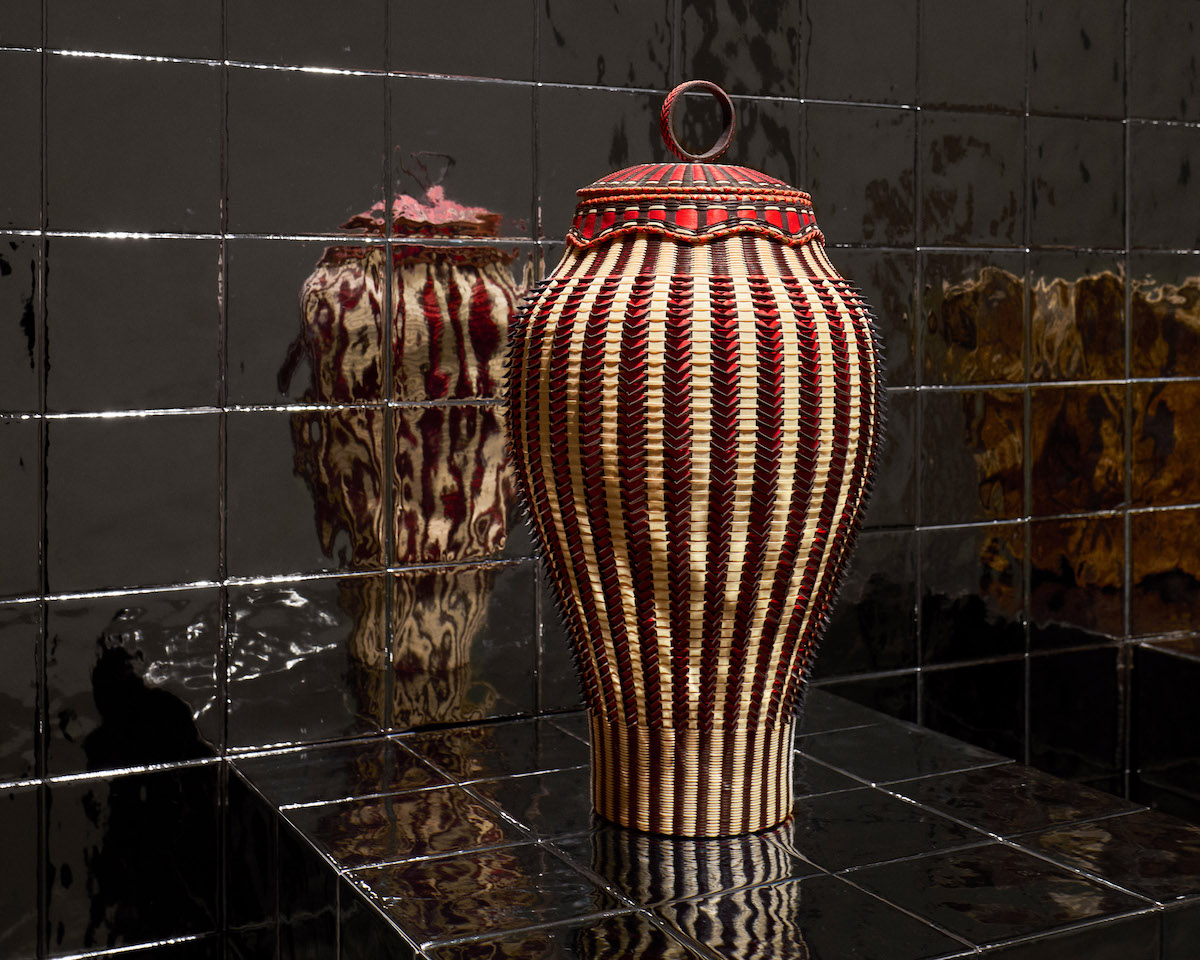 Loewe Craft Prize 2024, courtesy of Loewe.
Loewe Craft Prize 2024, courtesy of Loewe.
WW: How are you thinking about AI in craft?
NF: They are learning. That’s why we have to input them with existing things; they have to learn. They’re not really creating yet. It’s not creation. AI is a kind of digital intelligence. More like analyzing. It’s like a caricature, a memory. There is so much any technical background underneath. A human being cannot clearly analyze it because the mind is different. Why did they make it? Humans have to make the craft. If the AI makes it, is that craft? I don’t know. That’s a really fundamental question.
WW: What was your favorite work included in this year’s edition of the Loewe Craft Prize?
NF: The table by Emmanuel Boos. It is the standout. The great size of the ceramic was crazy. With an ordinary color, but for different use. It is empty and hollow brick, making the table to change it as very fragile. I like the way they used unstable materials to make a coffee table. That’s a nice thing, because with ceramic we have to use care to use it. It’s very fragile. I like that.
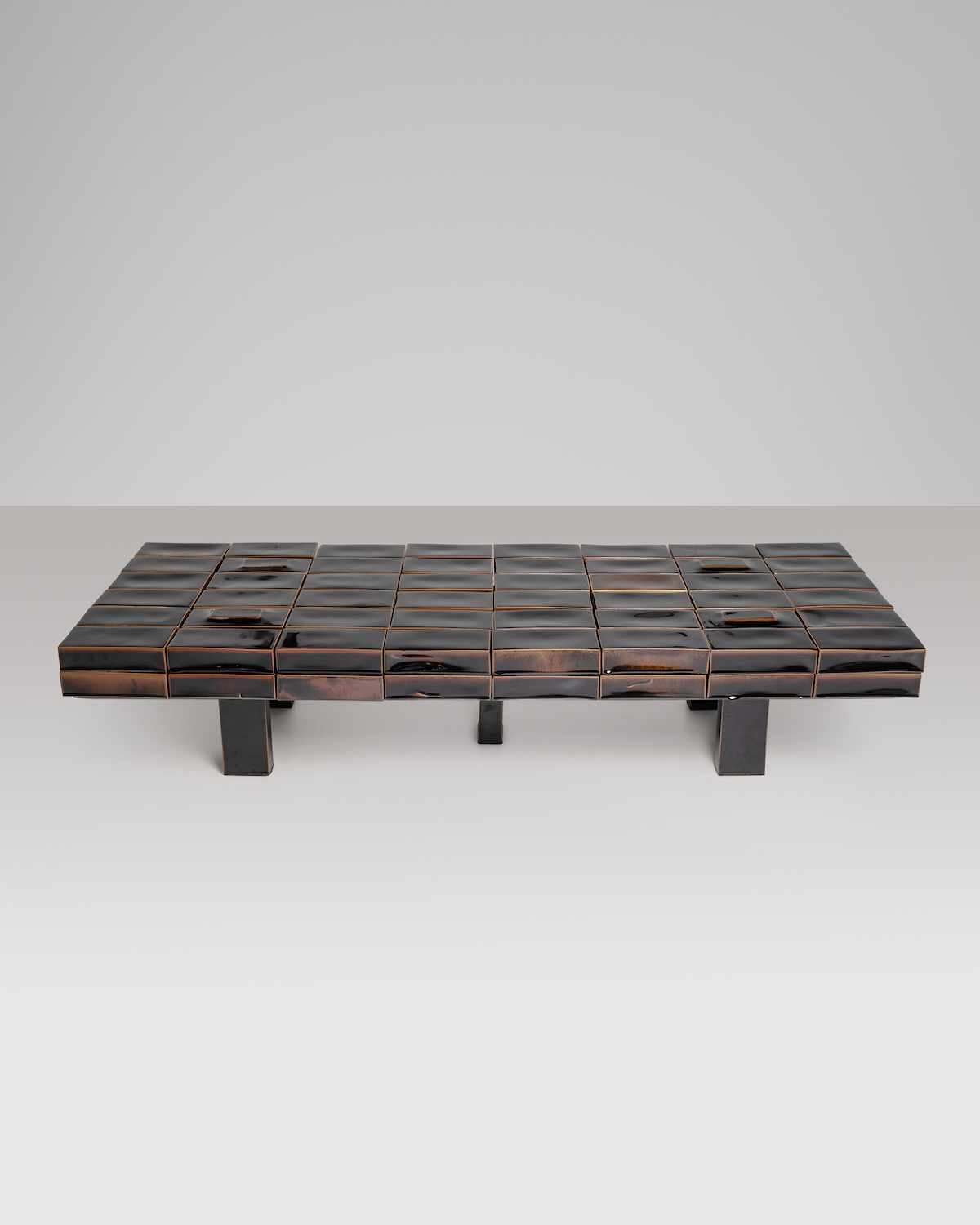 Emmanuel Boos, Loewe Craft Prize 2024, courtesy of Loewe.
Emmanuel Boos, Loewe Craft Prize 2024, courtesy of Loewe.






